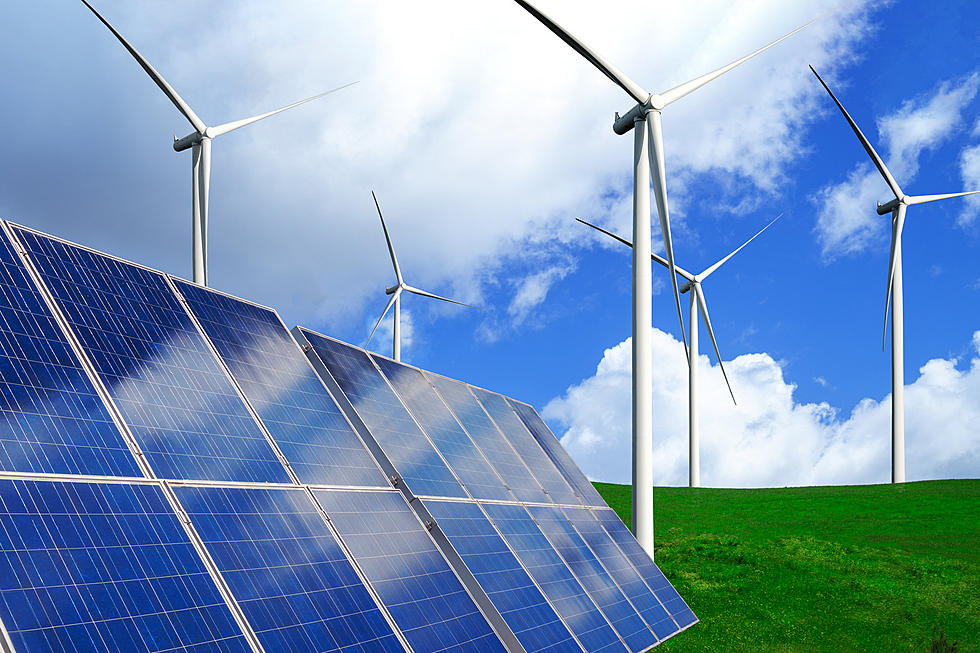To step up the fight against climate change, Minnesota utilities would be looking to transition to 100% carbon-free electricity by 2040 under a law that has just been approved by the Legislature.
The bill which was passed late on Thursday night, having gone through the House 70-60 last week and passed 34 to 33 this time is a top priority for Democrats who control both chambers and for Democratic Gov. Tim Walz, who has made it an important part of his climate agenda and is expected to sign the bill into law.
“Climate change is coming and has been here, and it affects everything we do,” said the lead author, Democratic Sen. Nick Frentz, of North Mankato at the start of the debate on Thursday. “The 100 per cent by 2040 legislation puts Minnesota at the forefront of sustainable energy,”.
He said that carbon emissions remain the number one threat to global health and the bill shows that the state is serious about climate change he called for more serious action in creating an energy production system that is reliable, affordable and responsible.
Read also: Wildfires consume over 750 hectares of land in Chile, threatens forests, farmland
Minnesota’s previous standard, set in 2007 by a Democratic-controlled Legislature and Republican Gov. Tim Pawlenty, set a goal of reducing overall statewide greenhouse emissions to at least 15% below 2005 levels by 2015, 30% by 2025 and 80% by 2050.
State regulators had earlier in the week reported that Minnesota’s greenhouse gas emissions declined by 23% between 2005 and 2020, an indication that the state was on track to achieve 30% by 2025. The biggest drop was in power generation, where emissions fell 54% amid the switch from coal to renewable energy.
The new bill however aims to further shift utilities away from fossil fuels to wind and solar, and also allows them to use hydropower, biomass, hydrogen and existing nuclear plants to go carbon-free. Utilities that can’t quit coal or gas on their own could ask regulators to let them use “off ramps” to delay compliance, or they could use renewable energy credits to make up the difference.
Story was adapted from AP.
